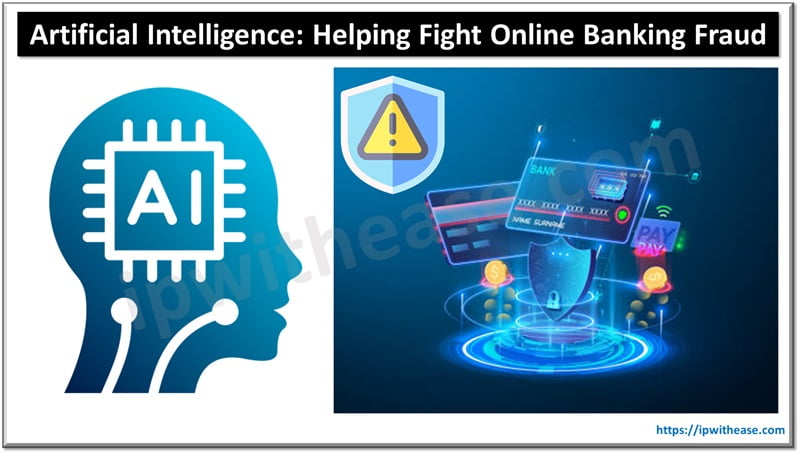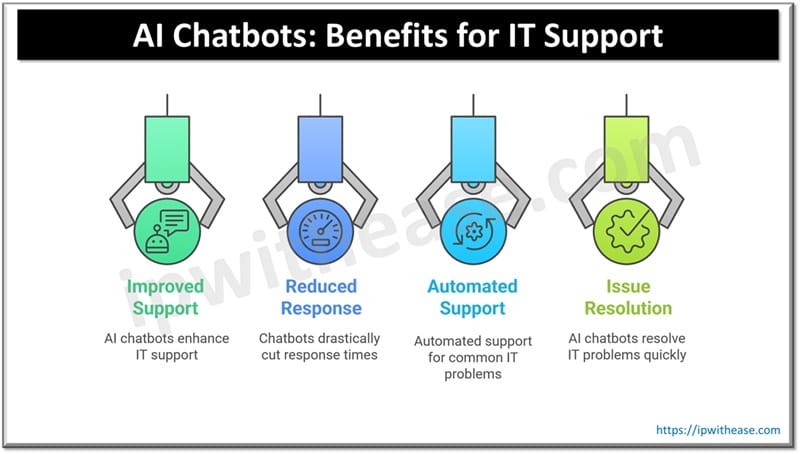Table of Contents
Millions of individuals throughout the world now have easier lives because of internet banking. Regrettably, it has also spawned financial crime of all kinds, including fraud. The sophistication of fraudsters has outpaced the ability of conventional fraud detection techniques.
In order to tackle online banking fraud, artificial intelligence (AI) has emerged as a game-changer. In this article, we will look at how AI is helping banks tackle online fraud.

The Role of AI in Fraud Detection
The cost of fraud has constantly increased over the past few years. According to official data from the Federal Trade Commission, fraud losses across the US amounted to a whopping $10 billion in 2023. This marks a 14% increase compared to the losses in 2022, reaching the highest losses ever.
However, the number of consumers reporting the fraud was almost similar, around 2.6 million. This shows how the cost per fraud is increasing due to the sophisticated processes of the fraudsters.
The capacity of AI to evaluate big datasets is one of its main advantages in the battle against online banking fraud. This covers past transactions, client behavior, geolocation information, and more. AI systems are able to identify abnormalities that could be signs of fraudulent conduct by contrasting past data with present activity.
For instance, the AI system will identify anomalous activity if a consumer who typically does minor local transactions suddenly tries a huge international transfer. The bank will then be able to look into it more before finalizing the transaction since it will set up an alarm. Real-time monitoring of these activities by AI enables quick reactions to any risks.
AI-Driven Identity Verification
Secure customer identification techniques play a critical role in online banking to ensure that the person logging into an account is the authorized user. Artificial intelligence (AI) provides a more secure option to conventional techniques like passwords and PINs, which are becoming more susceptible to attacks.
The thing is, many organizations face difficulties in identity verification. A survey of around 700 IT decision-makers worldwide shows that 97% of them faced identity verification challenges. In fact, 49% of them said that the identity verification strategies they currently have in place are ineffective.
Biometrics, such as fingerprint scanning or face recognition, are used by AI-powered systems to confirm user identification. The likelihood of fraudulent access is decreased by these technologies, which are far more difficult to forge than passwords. AI also takes advantage of multi-factor authentication, which combines many forms of identity, including biometrics, a mobile device, and a password.

Sanction and Sanction Screening
Laws or government directives that prohibit doing business with specific people, nations, or organizations are known as sanctions. These limitations are frequently linked to international laws intended to combat terrorism and criminal activities, national security, or anti-money laundering initiatives.
Fraudsters may try to evade these sanctions through different means. For instance, they can use shell companies to launder money. They can do this to send money to sanctioned individuals, companies, or jurisdictions. Alternatively, they can use this channel to purchase sanctioned goods.
Sanction evaders may also try trade finance vehicles to keep low and get the transaction completed. What they do here is provide either no documentation or show conflicting documents. The primary purpose here is to ensure the transaction is completed without detection of any red flags.
One thing that banks can do is use sanction screening to fight this fraud. Sanction screening in banking procedures can help financial institutions detect any sanctioned individuals or entities trying to evade them. This can enable banks to take proactive measures to prevent the possible consequences of such transactions.
According to AU10TIX, sanction screening in banking powered by AI is done through data collection, screening, risk assessment, monitoring, and reporting. The initial step is to collect customer data, which is then compared with the sanction lists. These sanction lists are created by prominent bodies, such as:
- United Nations
- European Union External Action Service
- Office of Foreign Assets Control, etc.
Through the screening, the risk assessment is evaluated. If there is a high chance of risk, continuous monitoring is carried out, and any suspicious activity is reported.
AI is essential to making sure banks abide by these sanctions. Banks used to have to manually screen customers and transactions against sanctioned entities, which was labor-intensive and prone to human mistakes. This procedure has been automated using AI, enabling banks to screen customers and transactions instantly.
Cross-referencing transactions against large lists of sanctioned companies is possible using AI-powered sanction screening systems, which ensure compliance without impeding the banking process.
Real-Time Transaction Monitoring
The real-time monitoring of transactions is another area in which AI is heavily involved. Due to the immediate nature of online banking, existing fraud detection techniques which sometimes rely on manual reviews, cannot prevent fraud before it starts. On the other hand, AI can assess transactions in real-time and identify those that could be fraudulent.
AI systems, for instance, are capable of real-time analysis of a large number of variables. The system has the ability to step in and ask for more user authentication or to completely freeze the transaction if it appears suspicious. This reduces the possible financial harm that might arise from a successful fraud effort in addition to aiding in fraud prevention.
Natural Language Processing (NLP) and Fraud Detection
Natural Language Processing (NLP) is another tool AI employs to improve fraud detection. AI systems can now comprehend, analyze, and produce human language thanks to natural language processing (NLP).
This is particularly helpful for evaluating data like transaction details and customer correspondence. NLP can assist in spotting the minute indicators that fraudsters frequently leave behind online, such as emails, texts, etc.
Consider the simple example of identity theft, which cost Americans $43 billion in 2023. This includes $23 billion lost via conventional identity theft, which impacted over 15 million individuals, the same figure as in 2022. However, the study states that overall losses increased by 13% in the previous year.
Now, suppose someone is impersonating a legitimate customer. In that case, NLP systems can identify discrepancies in a customer’s writing or speech. The technology will sound an alarm if someone’s communication style abruptly changes or if they utilize specific phrases that are linked to fraud. This technique may also detect falsified or changed information that could otherwise go undetected in documents like contracts.
Frequently Asked Questions
How can AI help prevent fraud in banking?
AI stops fraud by employing machine learning to adapt to new fraud strategies and real-time data analysis to identify anomalous trends. It efficiently protects resources and consumer confidence by automating detection, lowering the need for manual inspection, and accelerating response times to threats.
What part does artificial intelligence play in thwarting cyberattacks on banks?
Banks can identify and stop money laundering, cyberattacks, fraudulent transactions, and other financial crimes with the use of artificial intelligence. AI may assist banks in managing regulatory compliance, tracking market movements, and evaluating the creditworthiness of its clientele.
How is NLP used in cyber security?
NLP is a potent technology in cybersecurity that improves fraud prevention and detection. In order to extract valuable information, it enables computers to process and analyze unstructured textual data. This can help banks and other businesses to detect any keywords highlighting fraudulent activities like phishing emails.
Financial institutions will continue to place a high premium on preventing fraud as Internet banking grows. AI is expected to play a bigger part in this conflict, with advances in machine learning, biometrics, and real-time surveillance setting the pace. AI systems will get even better at spotting and responding to fraud as they develop further, protecting consumers and institutions alike.
ABOUT THE AUTHOR
IPwithease is aimed at sharing knowledge across varied domains like Network, Security, Virtualization, Software, Wireless, etc.



